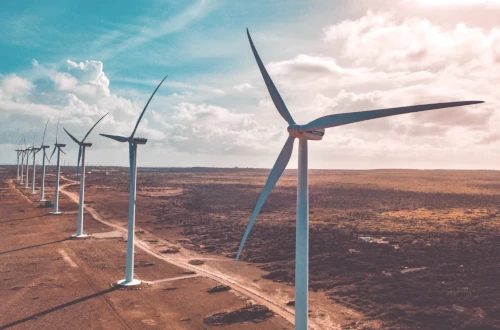Copyright © 2025 QuantPower AB
quantpower.com and quantpower.se are the only official public websites of QuantPower AB. Other websites purporting to be associated with QuantPower AB are not legitimate.

We are looking for power trading companies to try our wind power forecasting model. We will partially cover integration costs1 in exchange for your feedback and wind power production load data.
We have 10 years of experience working in physical power trading and have strong quantitative and programming skills to develop solar and hydro energy production, and electricity consumption models. We are a small company and have limited resources, so what follows is currently work in progress.
Solar energy forecasting model. One can convert solar radiation directly into energy. The problem with solar panels, however, is that the power grid owner does not receive all the electricity production load, but rather the difference between production and consumption. Still, the model can be used to estimate the total solar energy production, and with some statistical correction, to then estimate the total amount of electricity from solar panels that is being exported to the power grid.
Hydro energy forecasting model. This refers to modeling the energy production of unregulated hydropower plants. The physical process of how the soil absorbs and retains water is complicated - this makes it hard to predict the exact timing of the energy inflow depending on how much precipitation there is, or have been in the near past, but a simple statistical model to begin with might be better than nothing. We have a simple model which you could start using already now, and we may improve it at a later stage.
Electricity consumption forecasting models. Most power trading companies in Sweden use the same power trading software to make consumption loads forecasts.2 Many companies do not like such a monopoly, and there is a demand for an alternative. Also, this has negative impact on the power trading sector: since most actors use the same software, the forecast errors become positively correlated. When these positively correlated errors accumulate, it creates excessive demand or shortage, which results in higher variation of the spot prices and more extreme regulating prices.
Building an electricity consumption model is challenging, but it is not a rocket science - some common approaches are described e.g. in a book "Modeling and Forecasting Electricity Loads and Prices: A Statistical Approach" by Rafał Weron, and this (and vastly more) knowledge has been publicly available since 2006 and earlier. One of our former master's students did his thesis work on modeling electricity consumption loads using Holt-Winters method within the state-space framework, showing quite remarkable results. We could implement these techniques to build a competing model.
We are looking for sponsorship that will make it possible for us to hire a few more developers, improve our weather forecast quality3, and will ultimately allow us to allocate more resources for working on electricity production and consumption forecasting models.
If you are a meteorological institute that can offer access to high resolution weather data, a power trading company that wants to become our customer, or someone else who wants to support our work and help us grow - do not hesitate to contact us.
1 Integration includes multiple key steps. First, we manage metadata for the wind turbines and calibrate our model based on your load data. Next, we focus on quality control and assist in writing or improving an API client for real-time production data transmission to your API, if available. We also set up FTP accounts and email data delivery. Finally, we tailor our services to meet your specific needs, such as adapting to your data file templates, among other custom requests.
2 Aiolos Forecast Studio by Vitec Energy.
3 High quality meteorological data is very expensive. We buy the most expensive data we can afford, yet we think our forecasts would have improved significantly if we could afford to buy premium quality weather data from a better supplier.